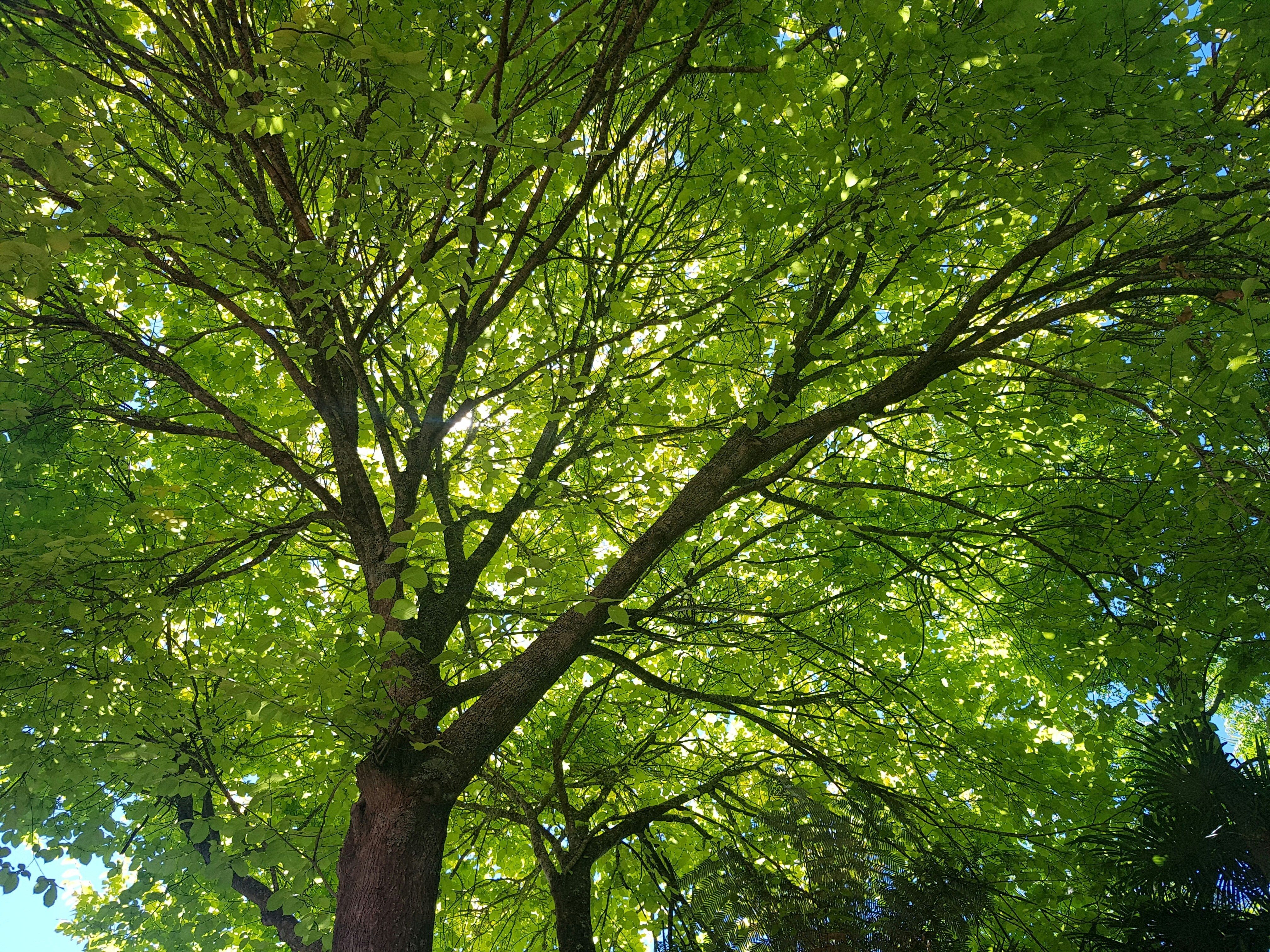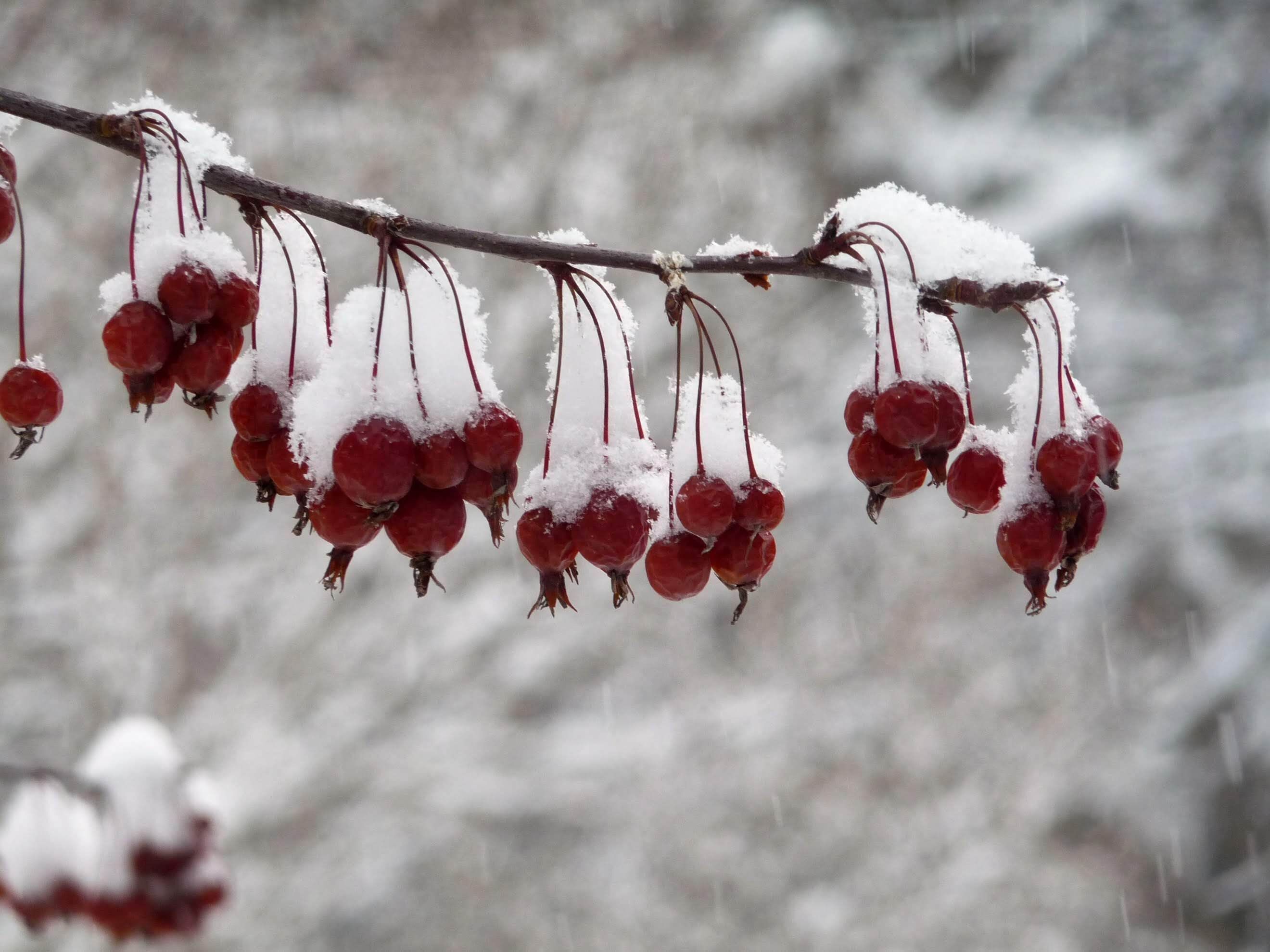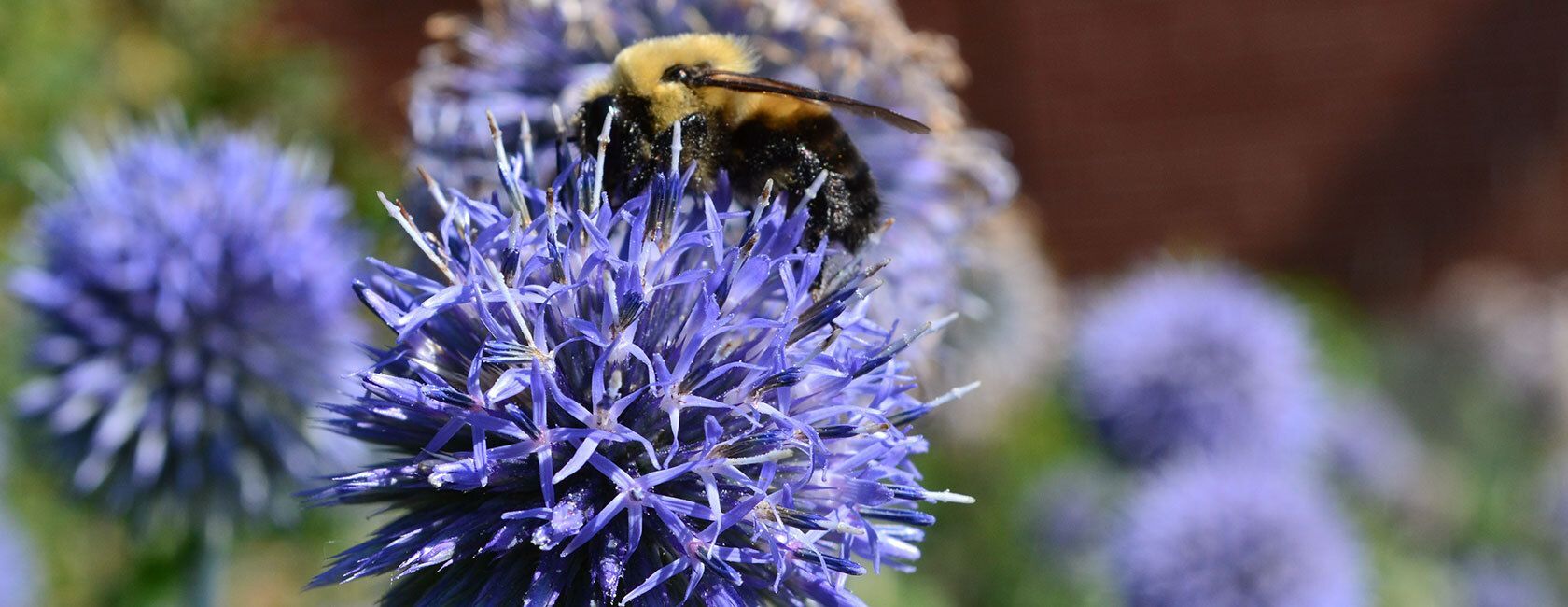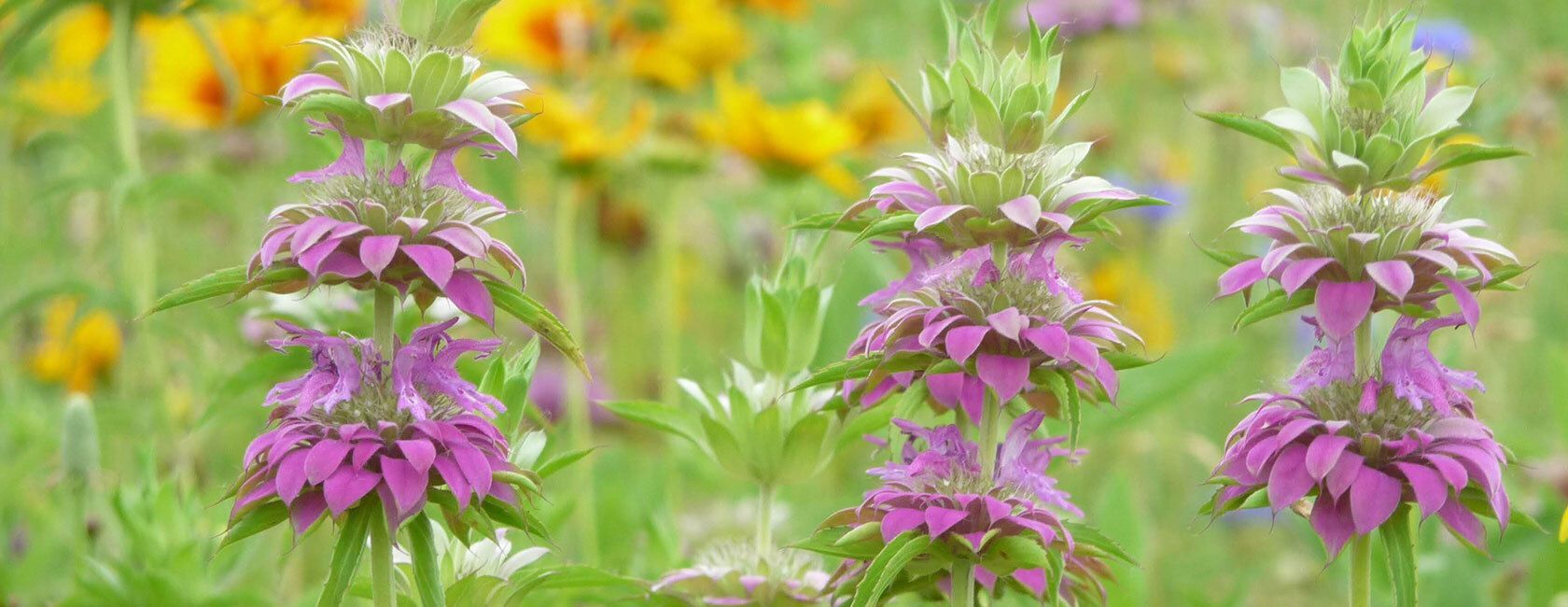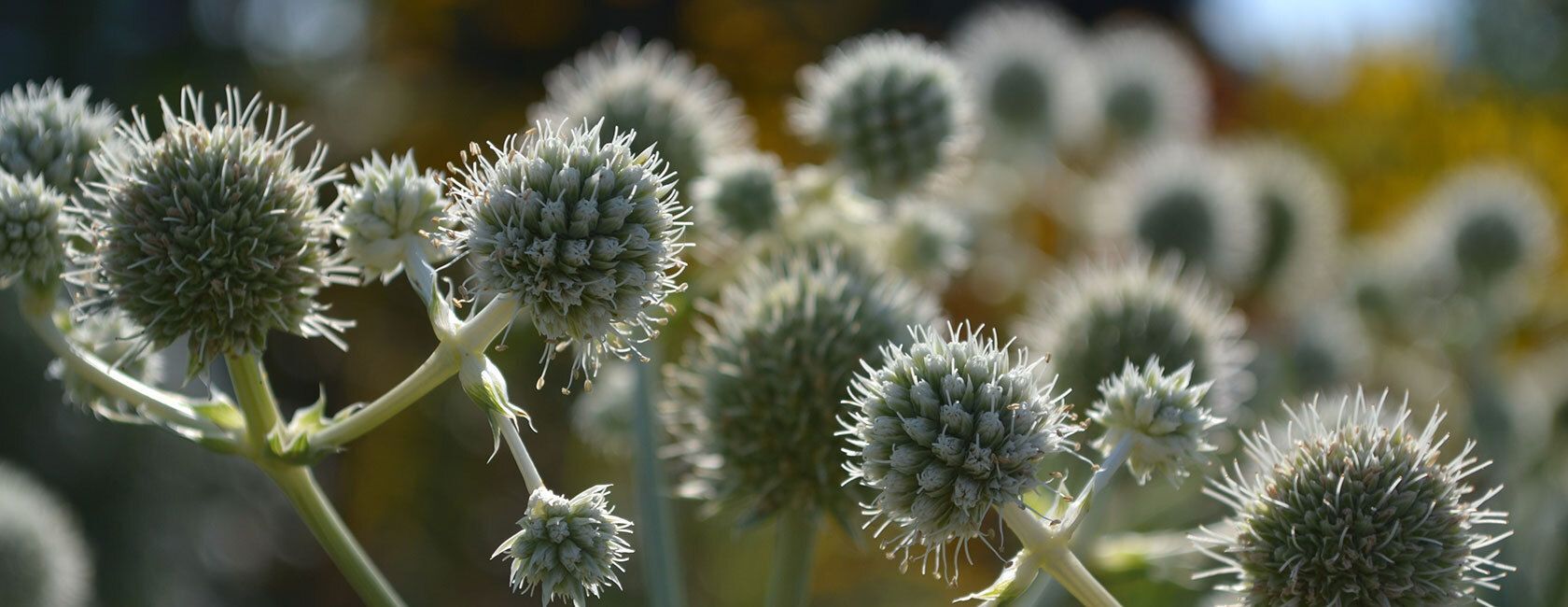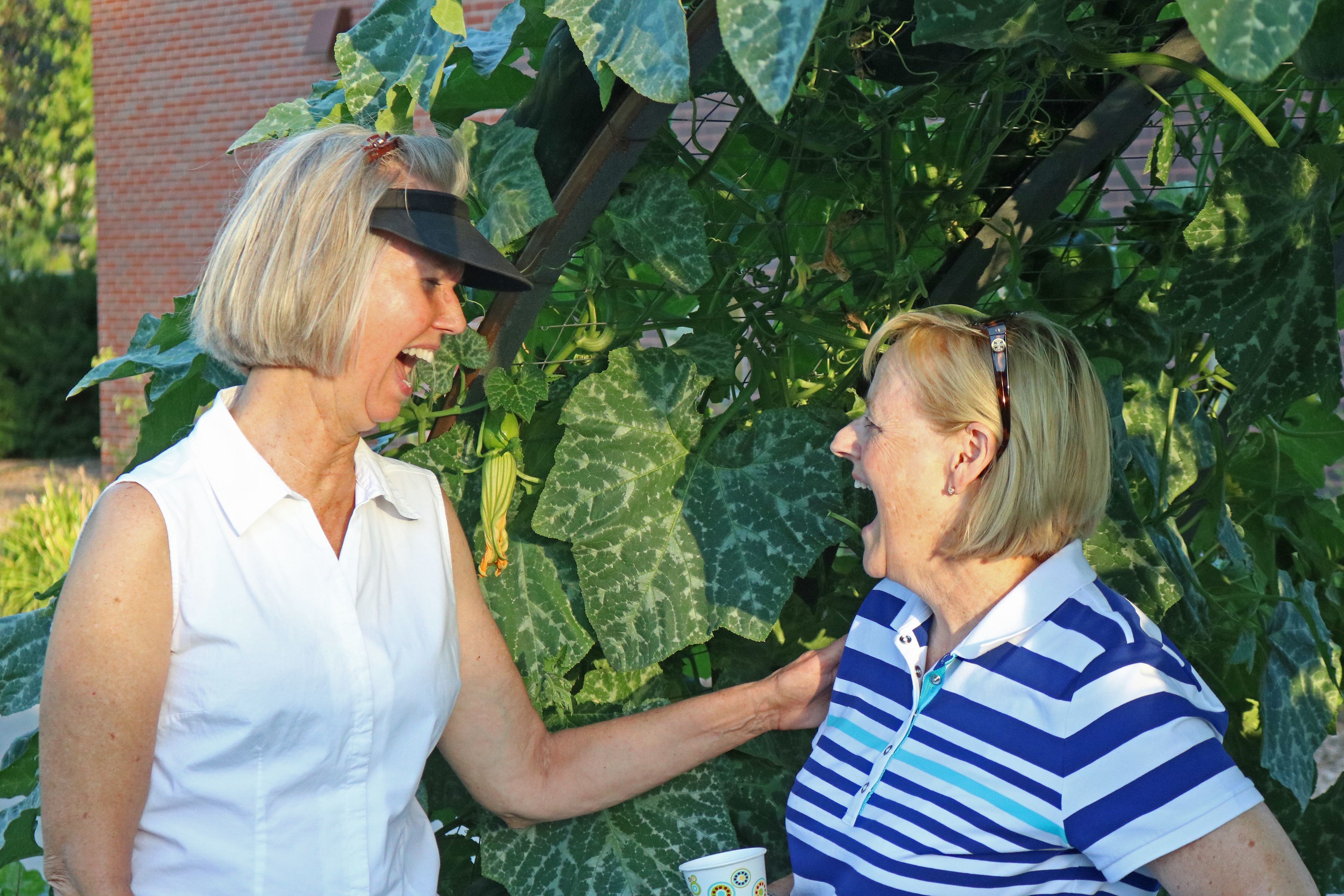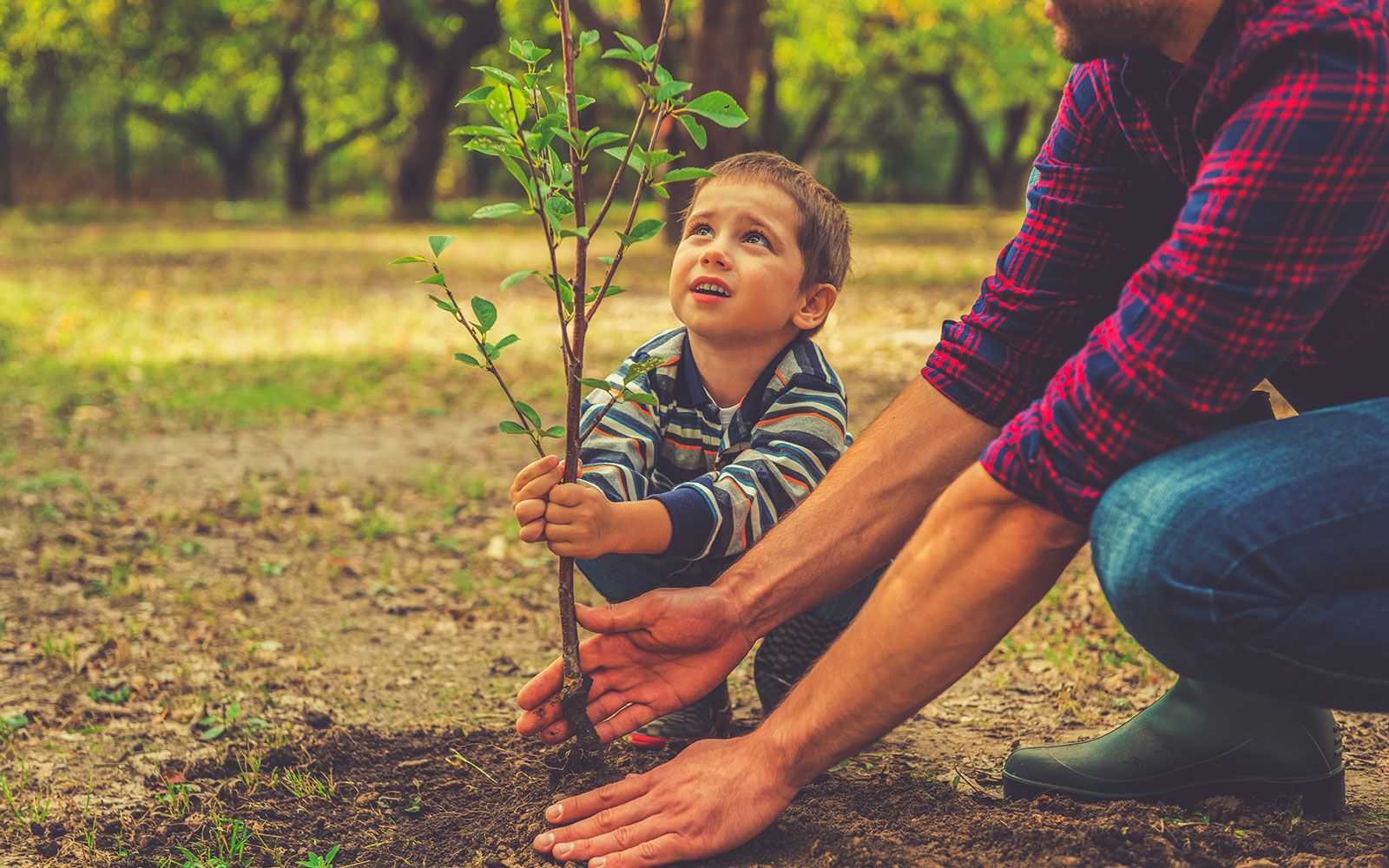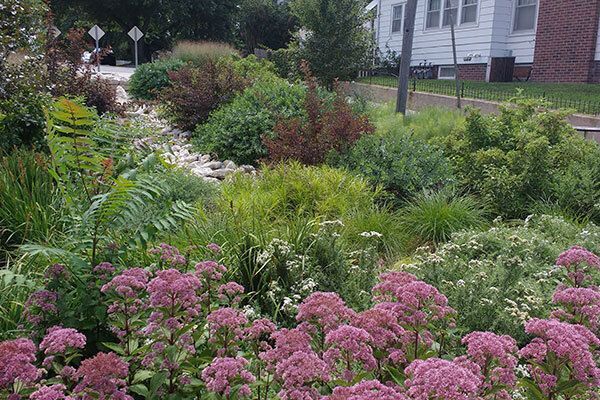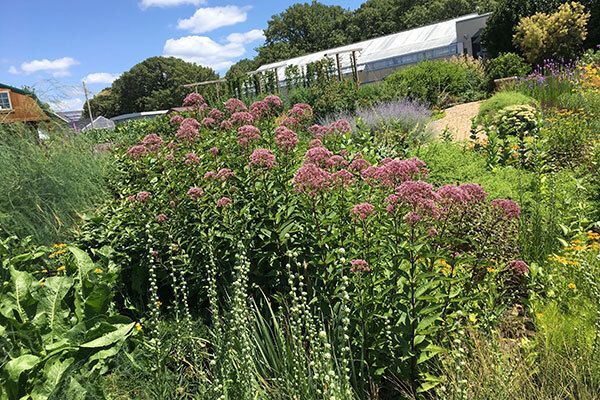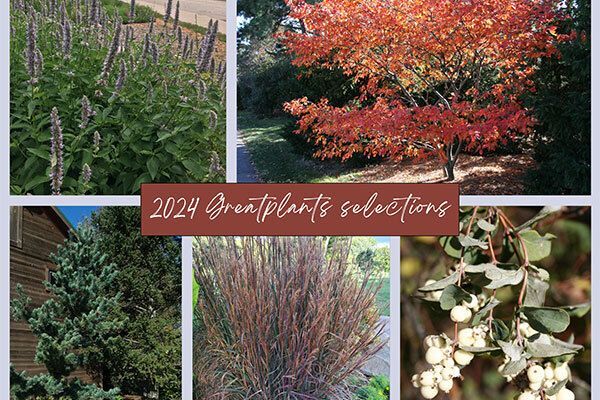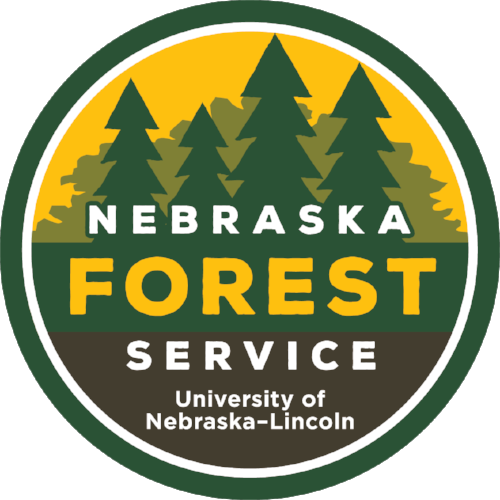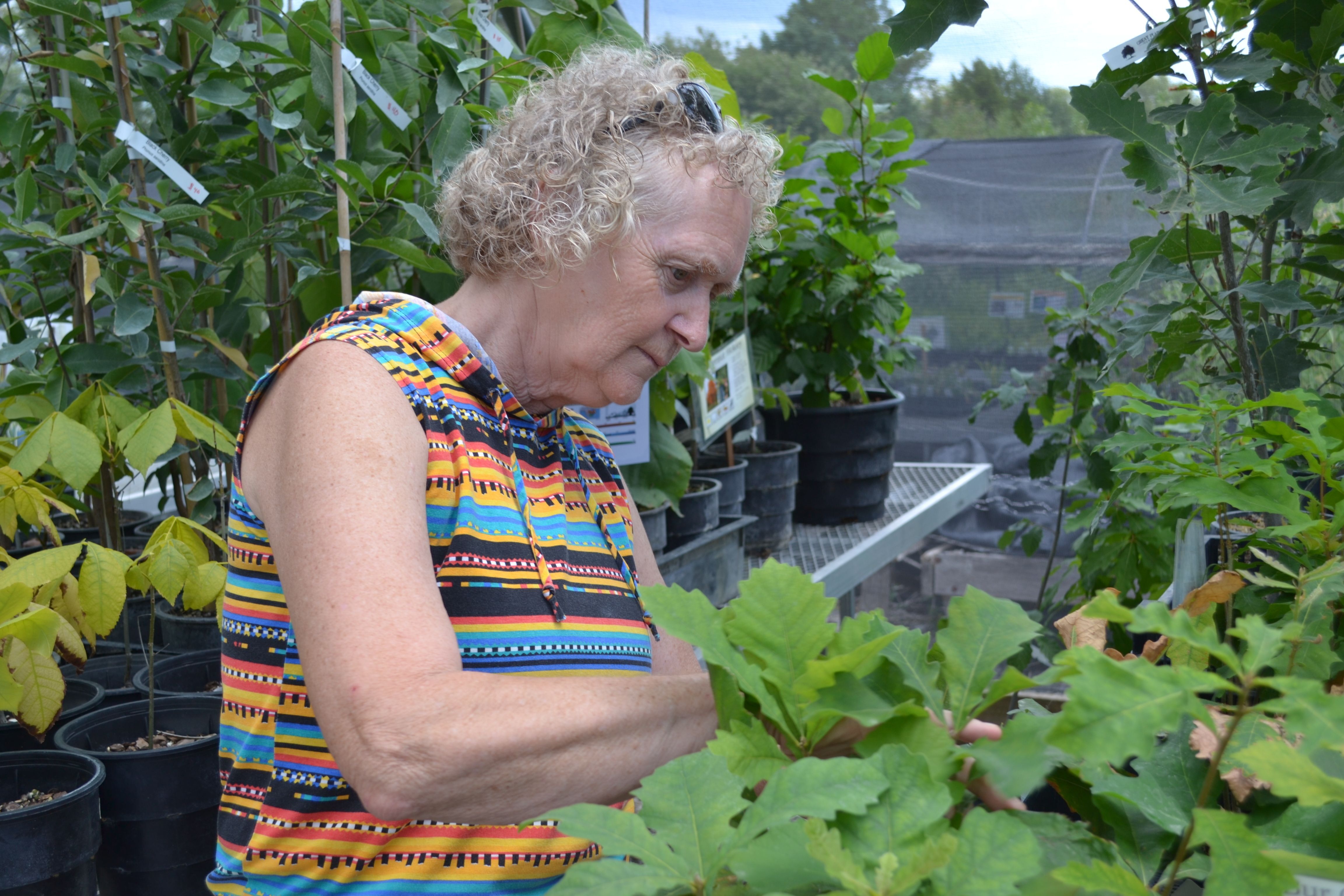
Every year, local and big box store nurseries seem to have more prairie native trees and plants available. It's wonderful to see, not only because it makes it easier for us to find the plants we want, but also because it means more people are asking for native plants and the market is growing.
Although an increase in native plant availability is a definite plus, when shopping for your plants, it's also important to understand that many nurseries carry mostly cultivars (a variety of plant species that has been produced through purposeful plant breeding) rather than straight native species.
We can recognize which plants are cultivars by looking at the scientific name. Every plant has a Genus and species name, which is usually listed in italics. For example, purple coneflower is Echinacea purpurea. If the plant you are looking at is a cultivated variety, it will have a cultivar name following the scientific name, usually in quotes. For example, Magnus purple coneflower is Echinacea purpurea ‘Magnus’.
Cultivars have gotten a bad name among gardeners who aspire to create native, sustainable, habitat-friendly gardens, but not all cultivars are created equal, and many have little to no effect on the habitat value of a plant. Cultivars can be selected for a variety of traits that help them adapt to an urban environment or a planned garden. Seed strains (variations of a species found in specific native populations) occur naturally and pass their traits down to the next generation of seeds without interference from humans, but on the plant tag, the name reads just like a cultivar. Plants can also be named simply for marketing purposes without showing any marked difference from what is found in nature.
Unfortunately, at box stores especially, many of the native plants available are cultivars that have been selected for traits that sell well but are counterproductive to creating habitat within the garden. There is nothing wrong with including a few of these plants in our gardens, but we should avoid creating full landscapes of plants that aren’t functioning in the ecosystem.
Although it would be easier to say, “Avoid all cultivars; plant straight species only," to do so would limit many of the choices available to people across the state, including plants that have been improved for use in urban gardens. To decide if a cultivar is right for your garden, look at the reason it is being sold. Here are some common descriptions you'll often find on cultivar plant tags, along with an explanation to help you "read between the lines":
- Double flowering - the pollen and nectar-producing parts have been replaced by more petals, so there is no pollinator value
- Slightly more vibrant color - small change, unlikely to affect habitat value
- Extreme color change - may impact pollinators’ ability to identify this plant as a food source
- Seedless or fruitless - sterile, no food value to birds and mammals; likely to affect pollinator value as well
- Faster growing tree cultivars - likely to be weaker and more susceptible to disease
- Mildew resistance - more successful in urban environments
- Smaller sizer - easier to fit into urban gardens
- Clay or salt tolerant - more successful in urban environments
- Seed strain - naturally occurring characteristics
When in doubt, if a cultivar catches your eye, try to do a little online research before you buy. Or reach out to NSA -- email us your question at arboretum@unl.edu - we are always happy to help!

